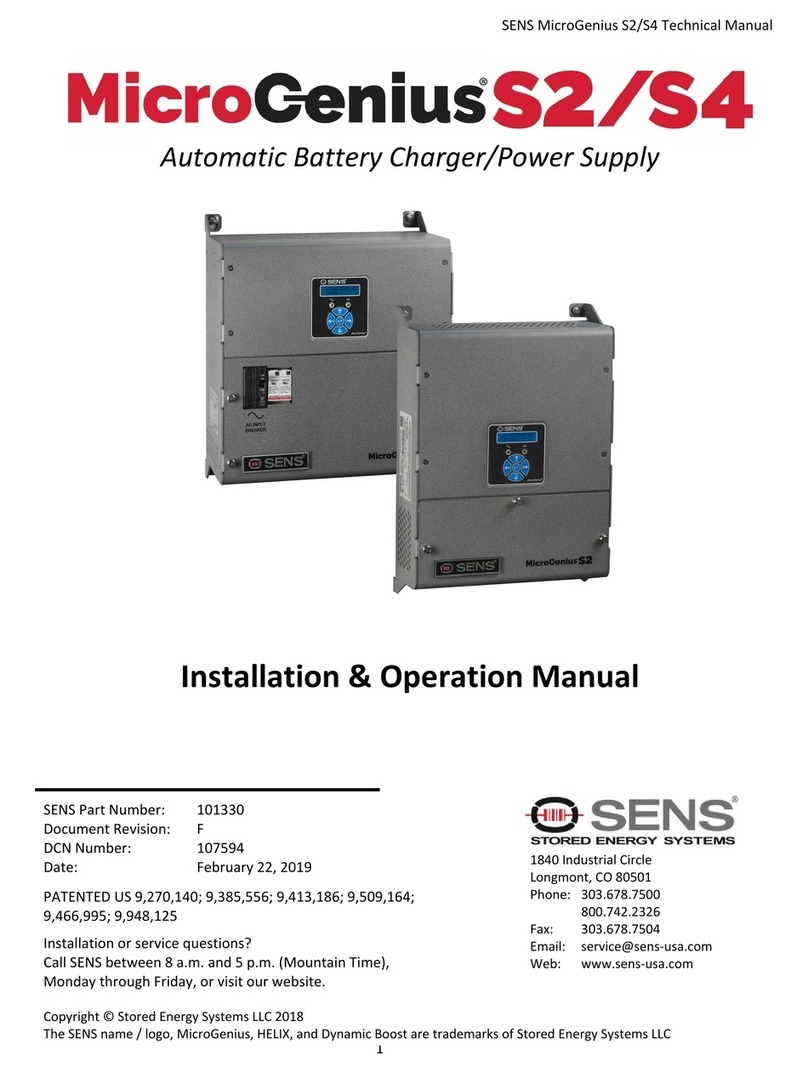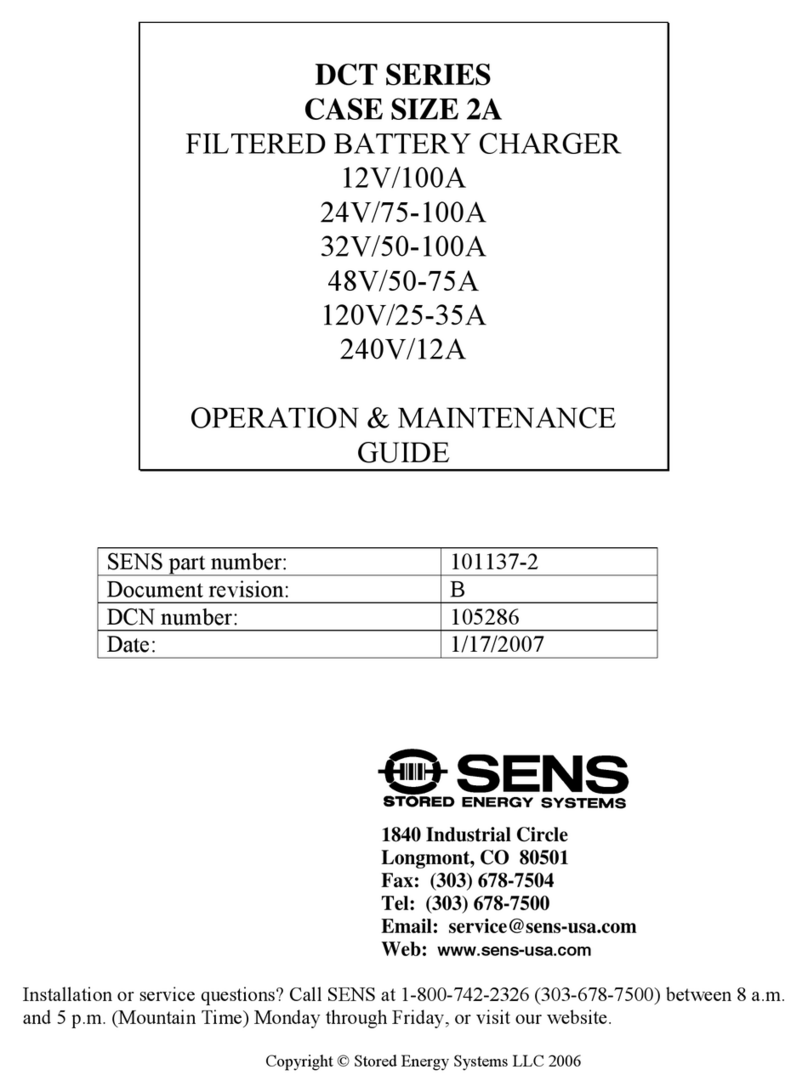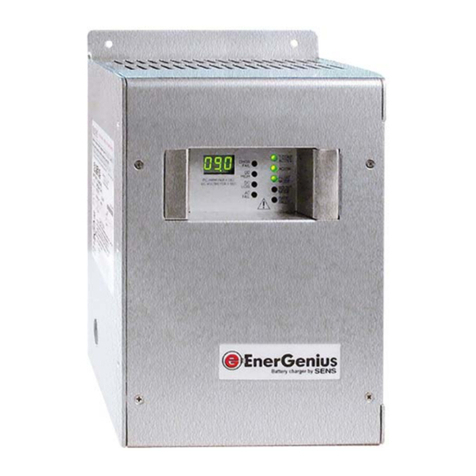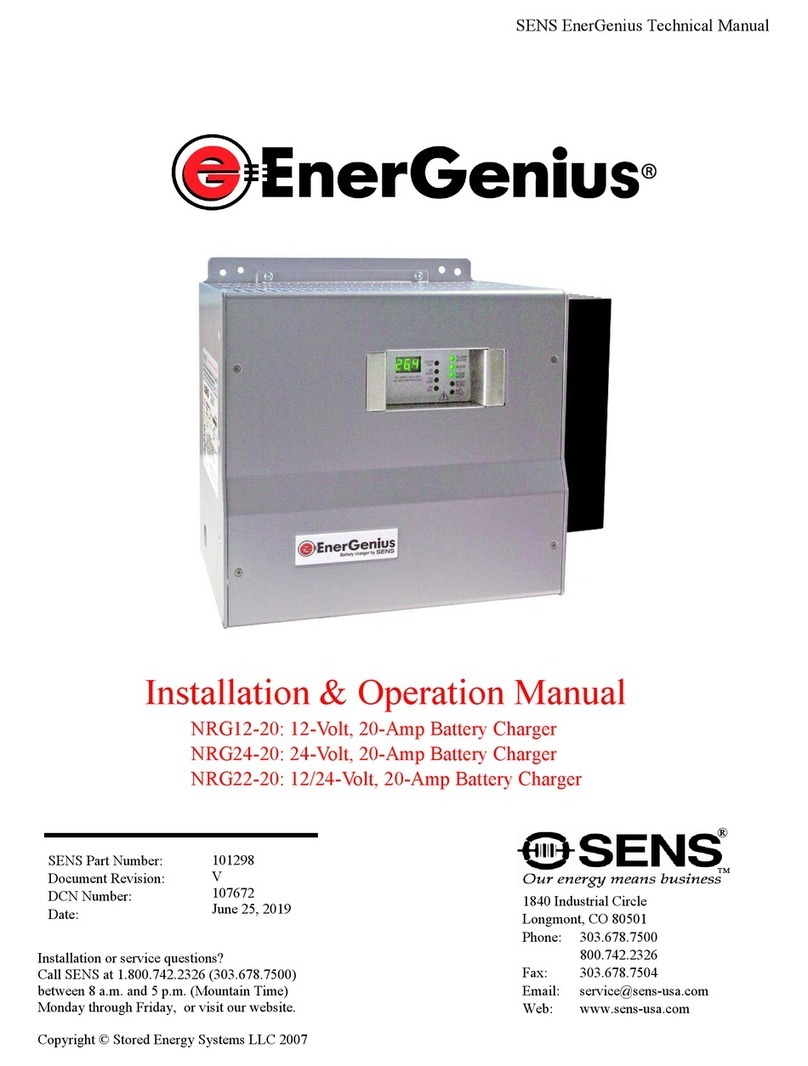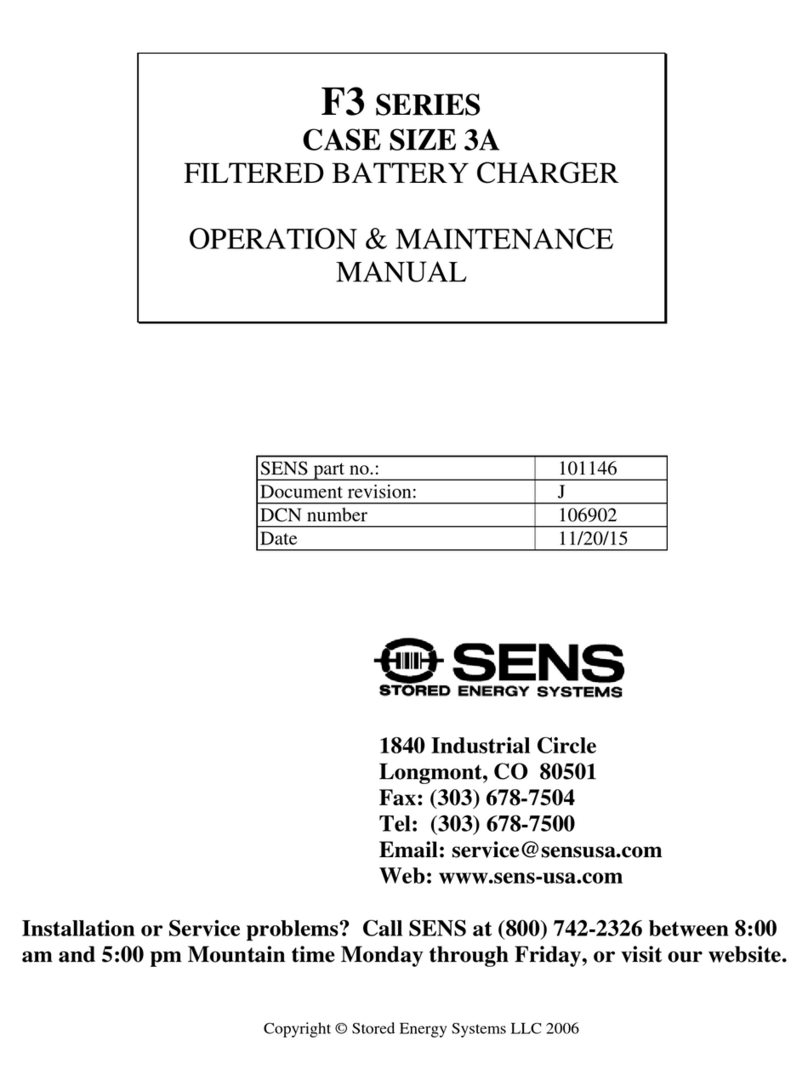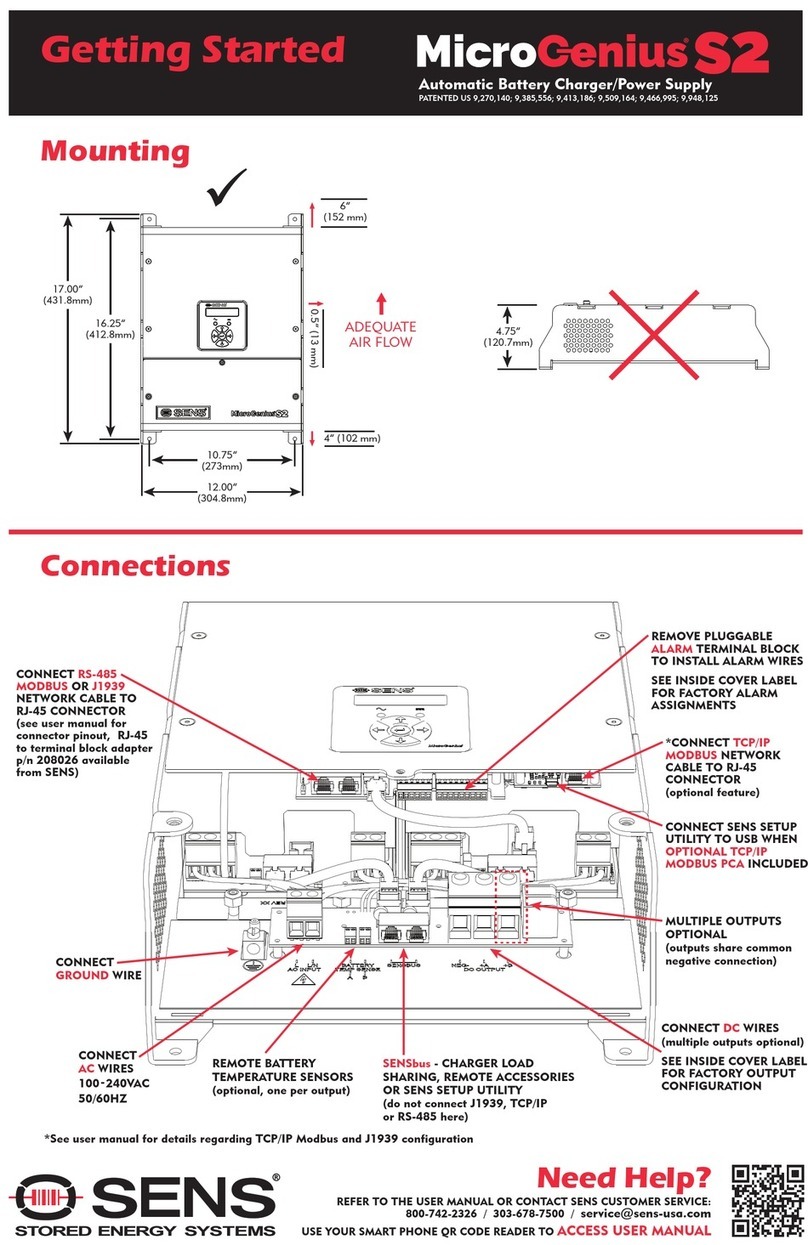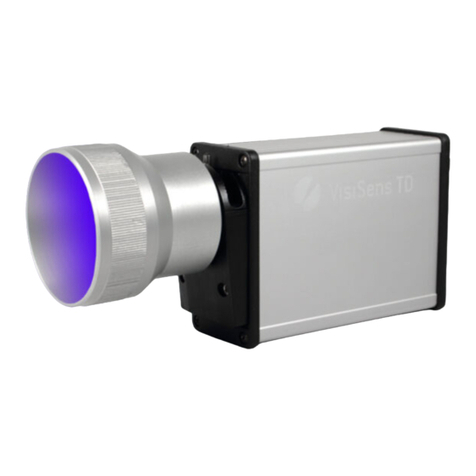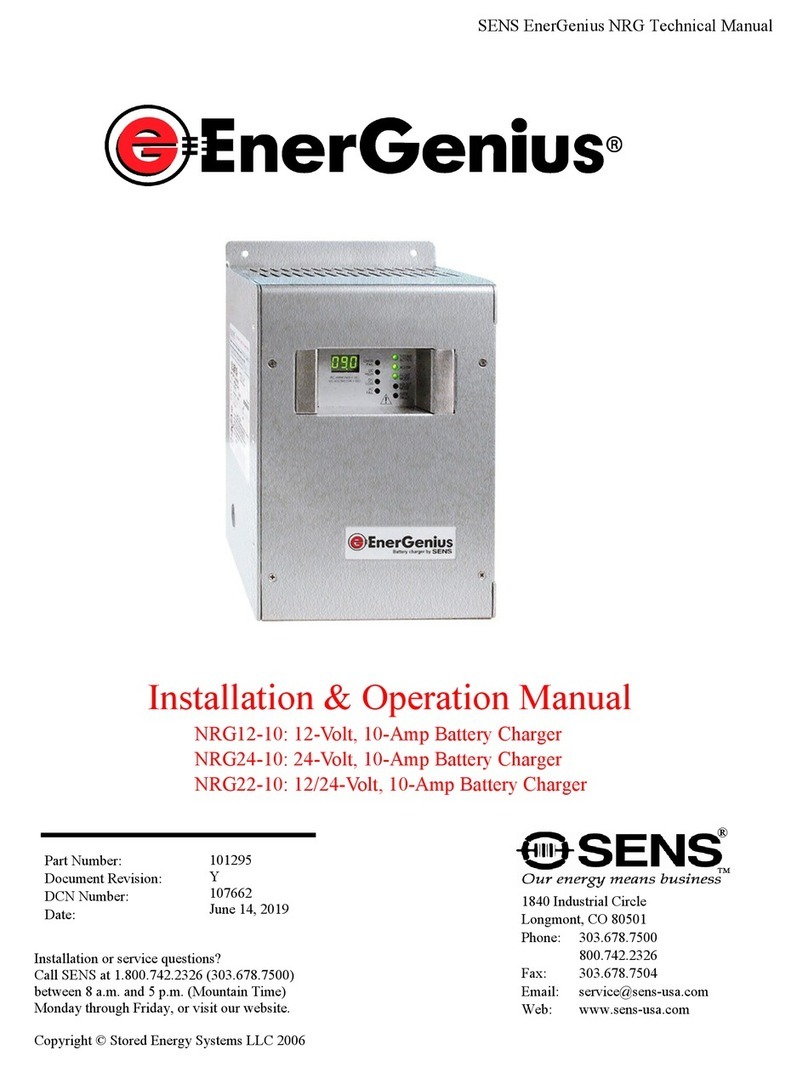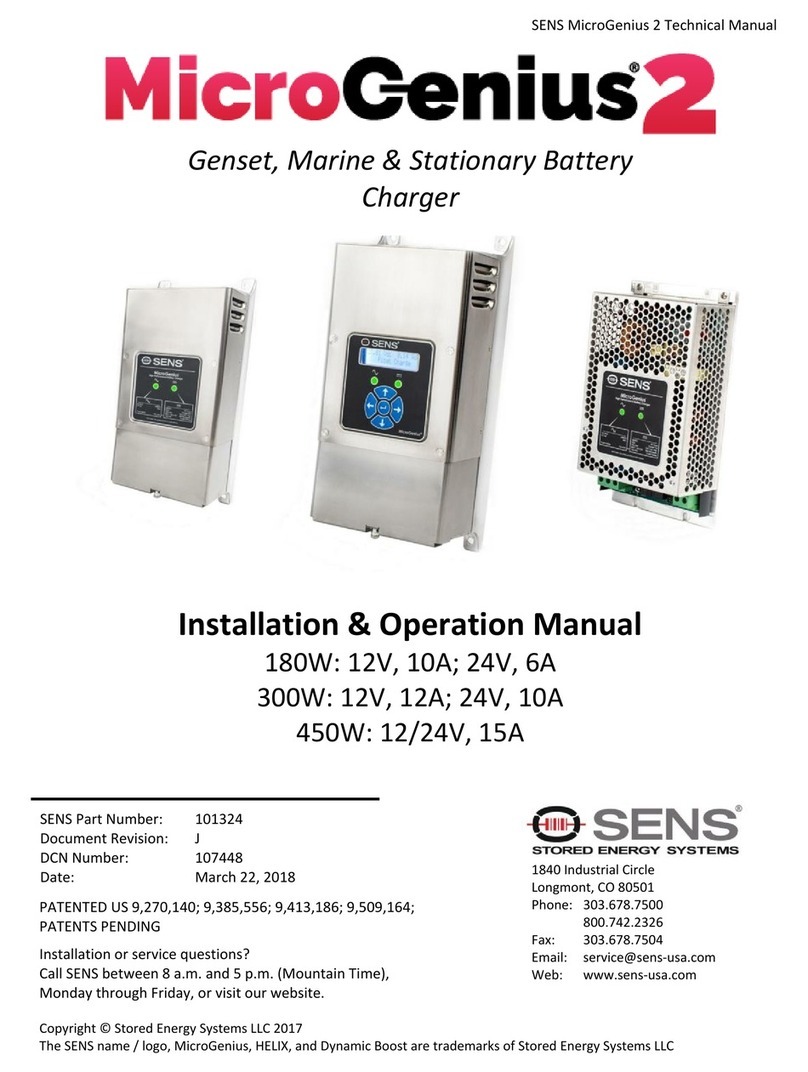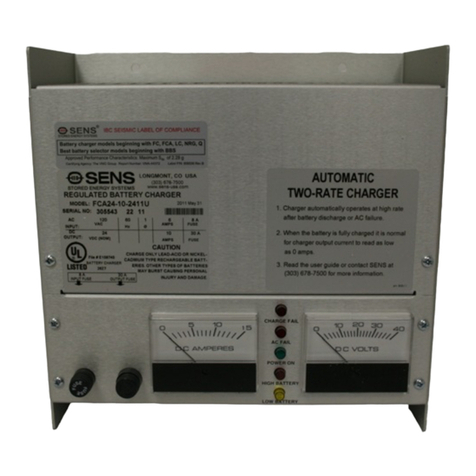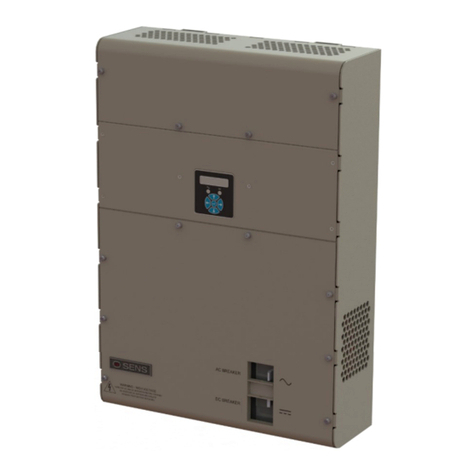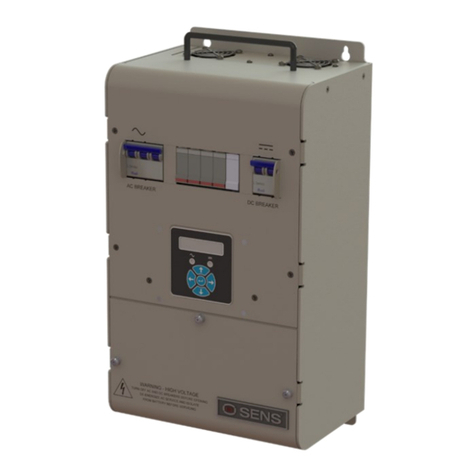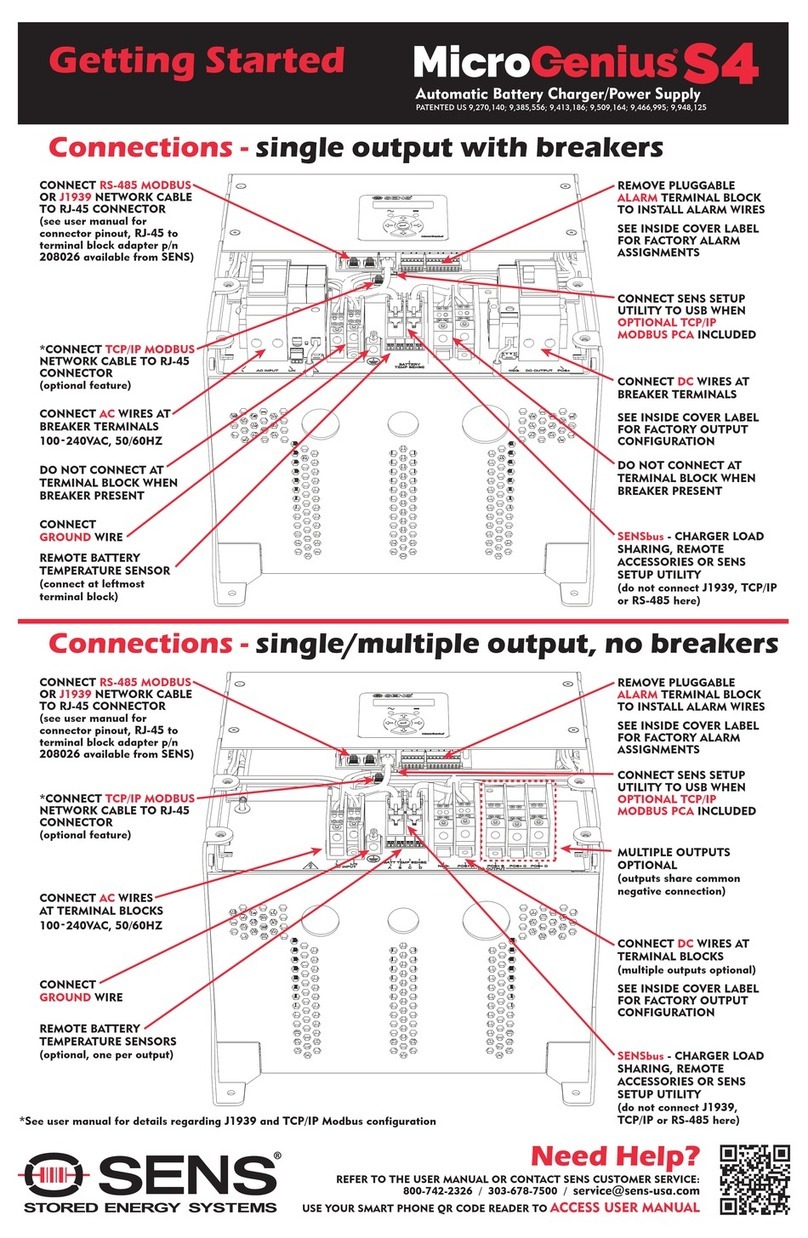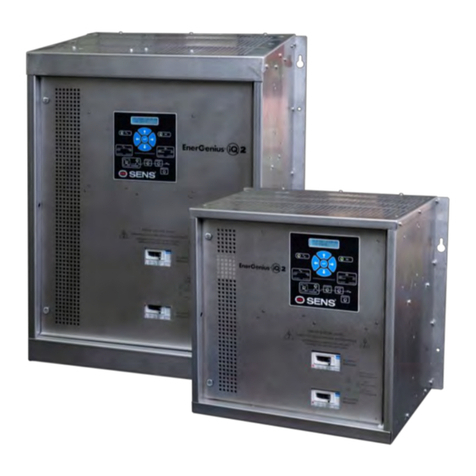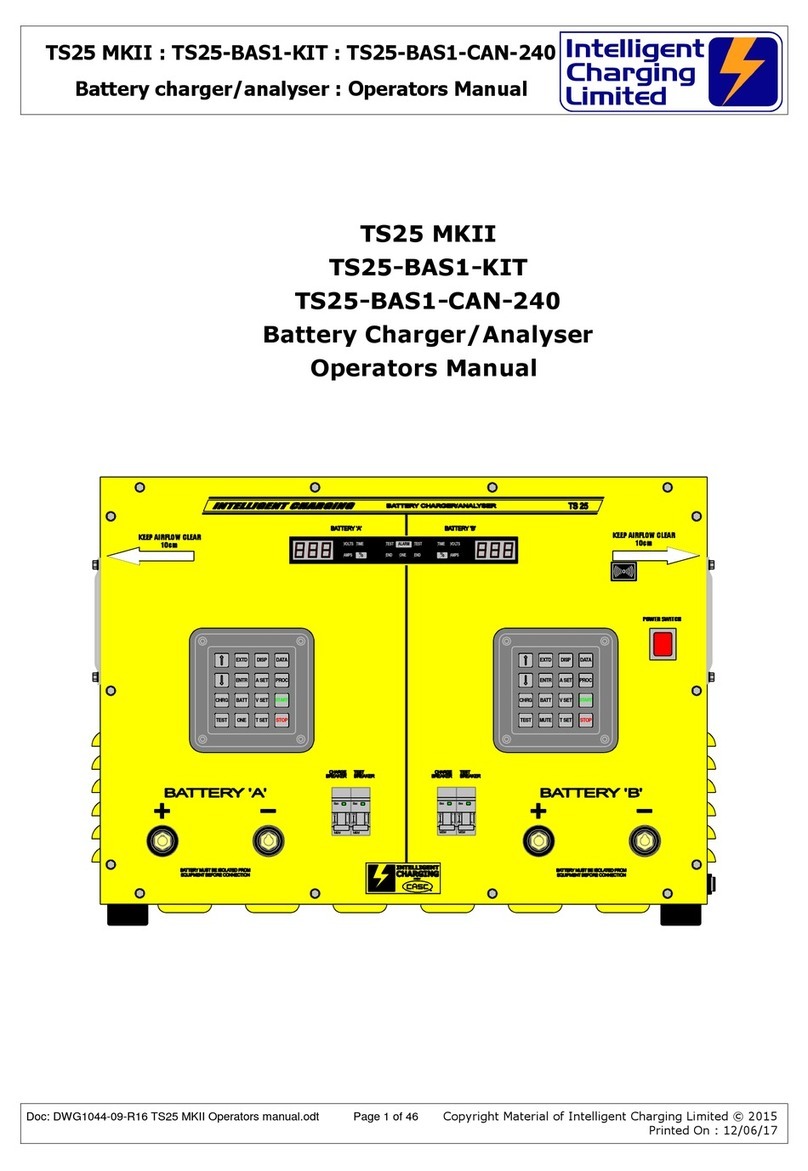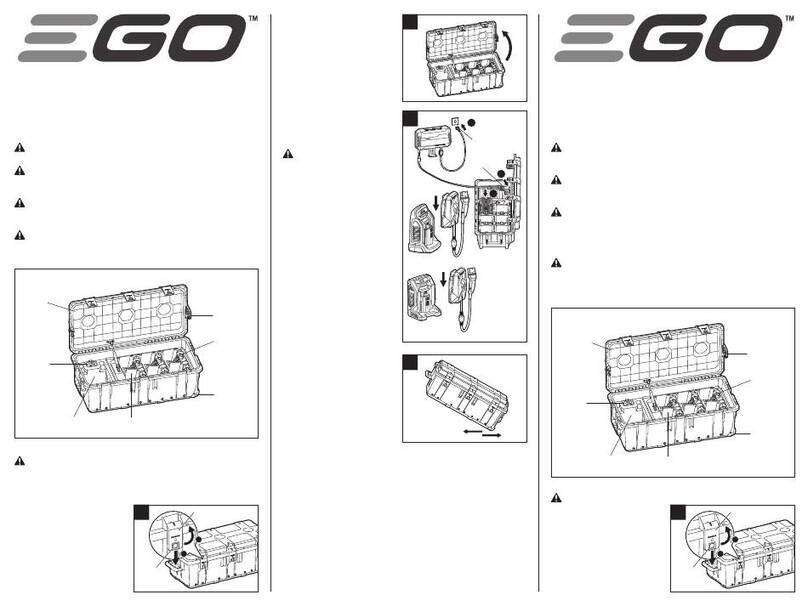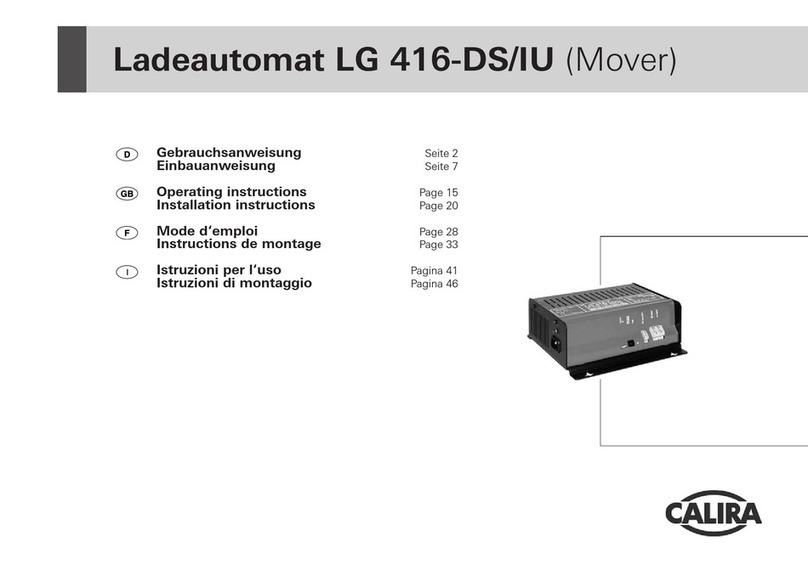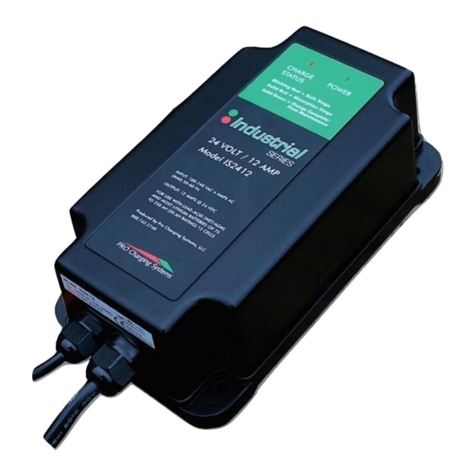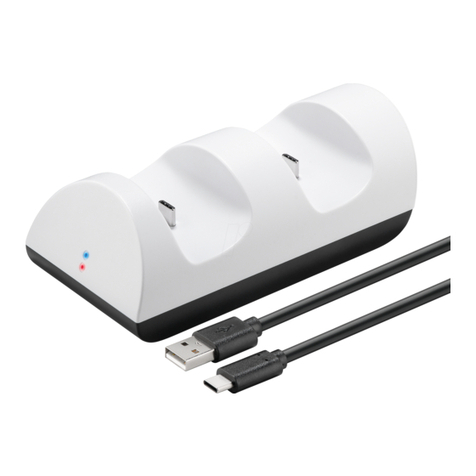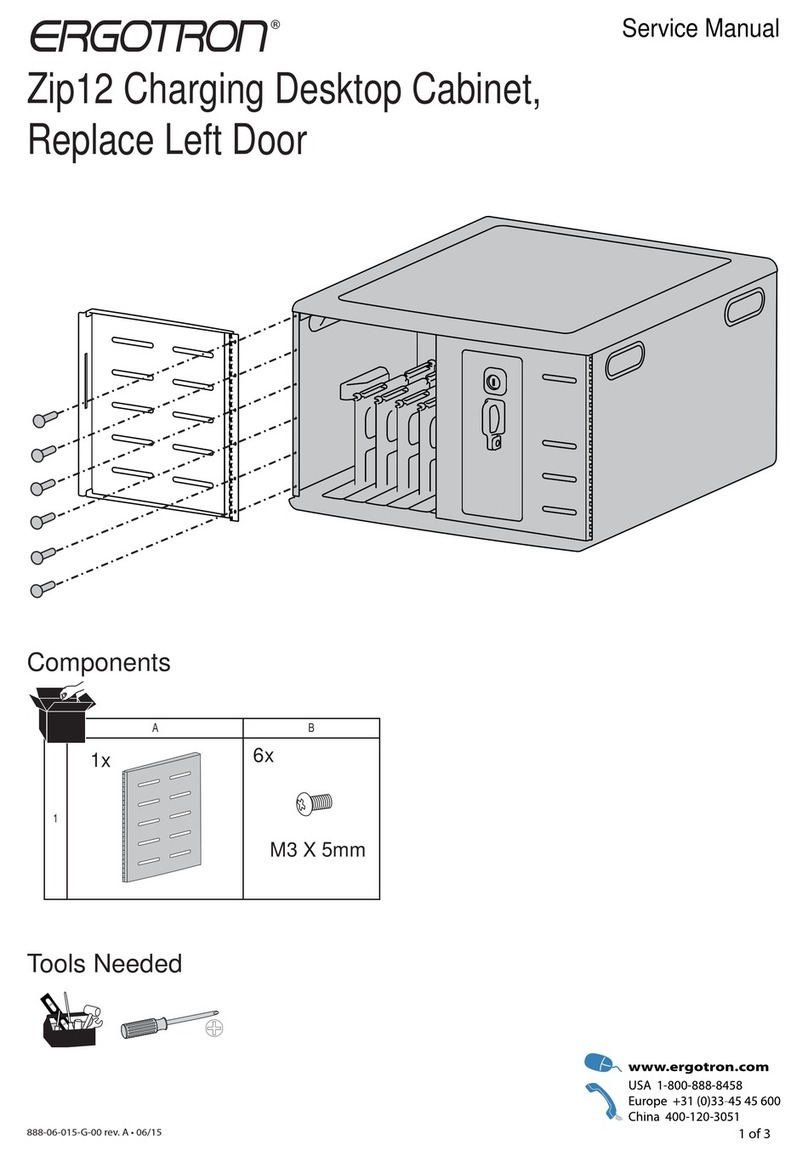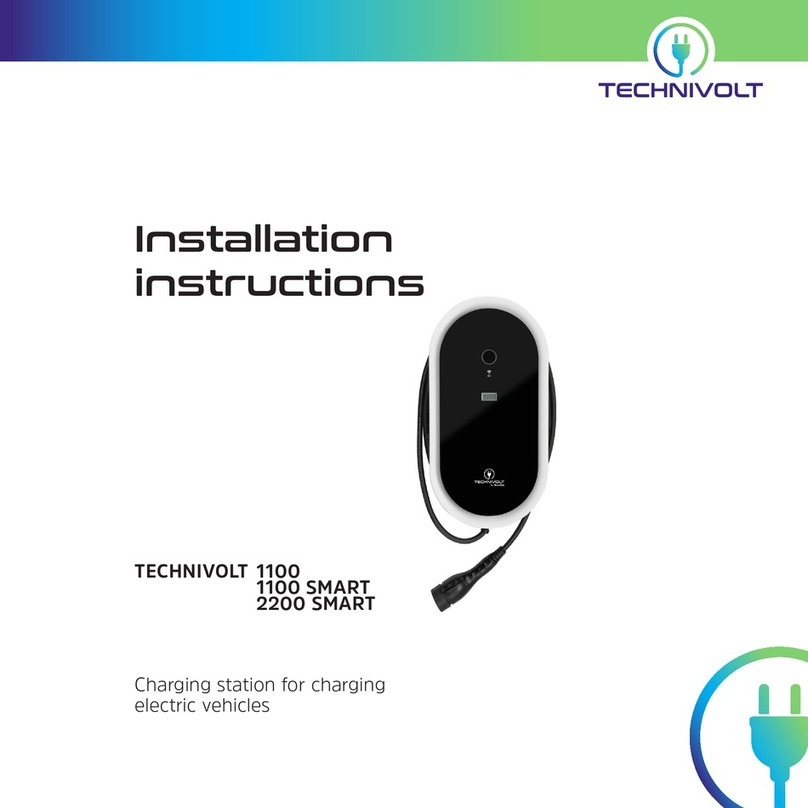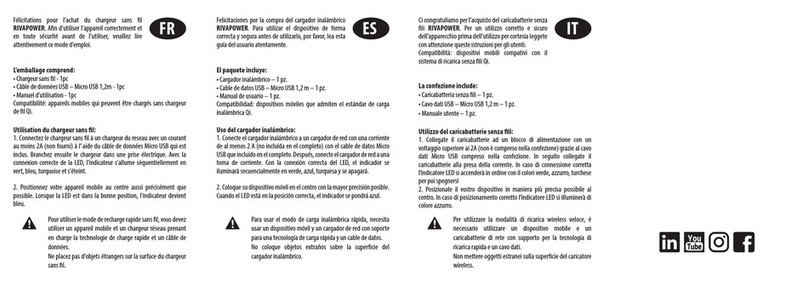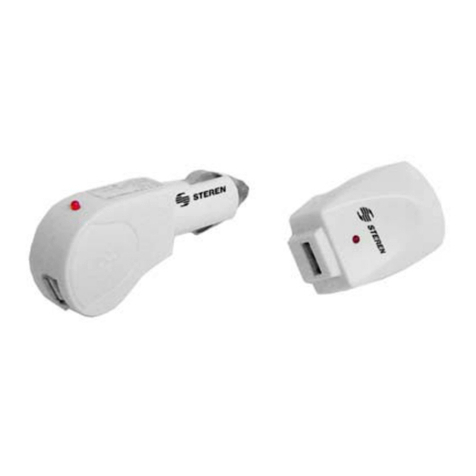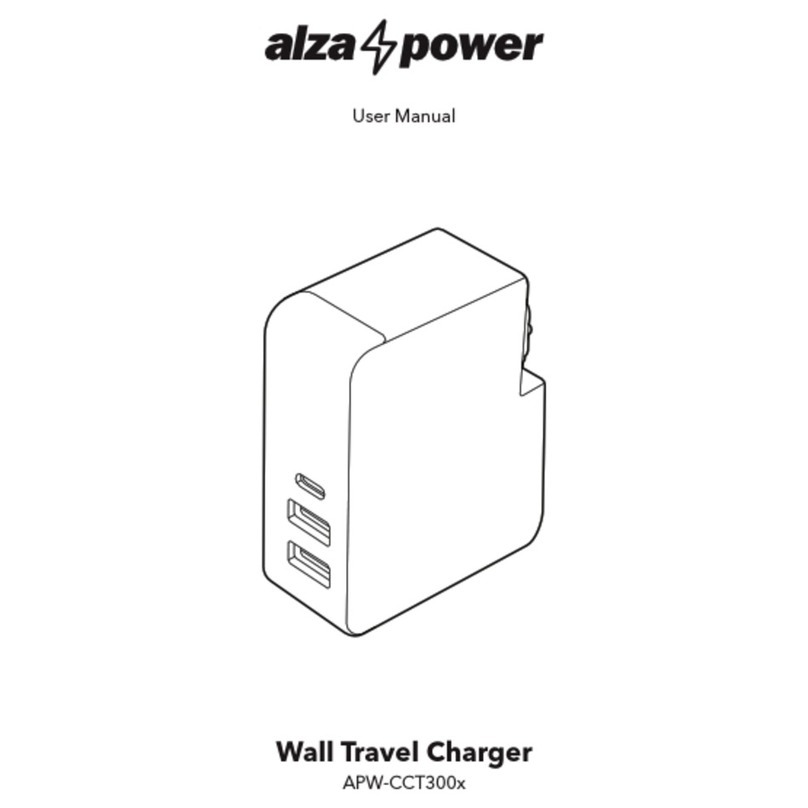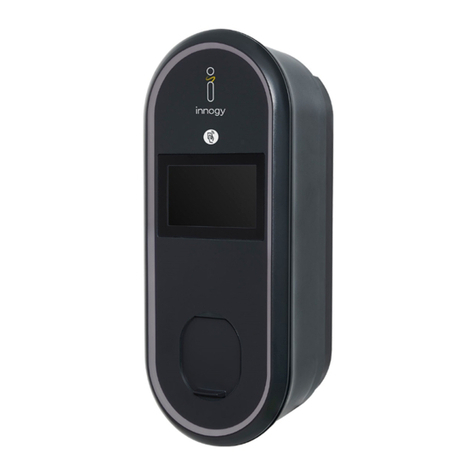
IMPORTANT SAFETY INSTRUCTIONS
INSTRUCTIONS IMPORTANTES CONCERNANT LA SÉCURITÉ
1. SAVE THESE INSTRUCTIONS – This guide contains important safety and operating
instructions for MicroGenius
®
2 battery chargers.
Conserver ces instructions. Ce manuel contient des instructions importantes concernant la
sécurité et le fonctionnement.
2. Do not expose open-frame charger to rain or snow.
3. Use of an attachment not recommended or sold by the battery charger manufacturer may result
in a risk of fire, electric shock, or injury to persons.
4. This charger is intended for commercial and industrial use. ONLY TRAINED AND QUALIFIED
PERSONNEL MAY INSTALL AND SERVICE THIS UNIT.
5. To reduce risk of damage to electric plug and cord (if optional power cord is included), pull by
plug rather than cord when disconnecting charger.
6. Do not operate charger with damaged cord/plug – replace cord/plug immediately.
7. Do not operate charger if it has received a sharp blow, been dropped, or otherwise damaged in
any way; shut off power at branch circuit protectors and have unit serviced or replaced by
qualified personnel.
8. To reduce risk of electric shock, disconnect branch circuit feeding charger before attempting any
maintenance or cleaning. Turning off controls will not reduce this risk.
9. External connections to charger shall comply with the United States Coast Guard electrical
regulations (33CFR183 SUB PART I).
10. WARNING – RISK OF EXPLOSIVE GASES
10.1 WORKING IN THE VICINITY OF A LEAD-ACID OR NICKEL-CADMIUM BATTERY IS
DANGEROUS. STORAGE BATTERIES GENERATE EXPLOSIVE GASES DURING
NORMAL BATTERY OPERATION. FOR THIS REASON, IT IS OF UTMOST
IMPORTANCE THAT YOU READ THIS DOCUMENT AND FOLLOW THE
INSTRUCTIONS EACH TIME YOU USE THE CHARGER.
IL EST DANGEREUX DE TRAVAILLER A PROXIMITÉ D’UNE BATTERIE AU PLOMB.
LES BATTERIES PRODUISENT DES GAZ EXPLOSIFS EN SERVICE NORMAL. IL EST
AUSSI IMPORTANT DE TOUJOURS RELIRE LES INSTRUCTIONS AVANT D’UTILISER
LE CHARGEUR ET DE LES SUIVRE À LA LETTRE.
10.2 To reduce risk of battery explosion, follow these instructions and those published by battery
manufacturer and manufacturer of any equipment you intend to use in vicinity of a battery.
Review cautionary markings on these products
and on the engine.
Pour réduire le risque d’explosion, lire ces instructions et celles qui figurent sur la batterie.
11. Someone should be within range of your voice or close enough to come to your aid when you
work near a storage battery.
12. Have plenty of fresh water and soap nearby in case battery electrolyte contacts skin, clothing, or
eyes.
13. Wear complete eye protection and clothing protection. Avoid touching eyes while working near
a storage battery.
14. If battery electrolyte contacts skin or clothing, wash immediately with soap and water. If
electrolyte enters eye, immediately flood the eye with running cold water for at least 10 minutes
and get medical attention immediately.
15. NEVER smoke or allow a spark or flame in vicinity of battery or engine.
Ne jamais fumer près de la batterie ou du moteur et éviter toute étincelle ou flamme nue à
proximité de ces derniers.
16. Be extra cautious to reduce risk of dropping a metal tool onto battery. It might spark or short
circuit battery or other electrical part that may cause explosion. Using insulated tools reduces
this risk, but will not eliminate it.
17. Remove personal metal items such as rings, bracelets, necklaces, and watches when working
with a storage battery. A storage battery can produce a short circuit current high enough to
weld a ring or the like to metal, causing a severe burn.
18. When charging batteries, charge 6 and 12 cell LEAD-ACID or 10 and 20 cell LIQUID
ELECTROLYTE NICKEL-CADMIUM batteries only, with rated capacity of 30 to 300 Ampere
hours. Certified for fire pump and emergency generator applications at 200 Ampere hours. Do
not use this battery charger to supply power to an extra-low voltage electrical system or to
charge any type of non-rechargeable, dry cell, alkaline, lithium, nickel-metal-hydride, or sealed
nickel-cadmium batteries that are commonly used with home appliances. These batteries may
burst and cause injuries to persons and damage to property.
19. NEVER charge a frozen battery.
Ne jamais charger une batterie gelée.
20. Charger contains a DC output fuse for internal fault protection, but this will not protect DC
wiring from fault currents available from battery. Consult national and local ordinances to
determine if additional battery fault protection is necessary in your installation.
21. Be sure area around battery is well ventilated while battery is being charged.
22. Ensure battery terminals are clean and properly tightened. Be careful to keep corrosion from
coming in contact with eyes.
23. Add distilled water in each cell until battery acid reaches level specified by battery
manufacturer. Do not overfill. For a battery without removable cell caps, such as valve
regulated lead acid batteries, carefully follow manufacturer’s recharging instructions.
24. Study all battery manufacturer specific precautions such as removing or not removing cell caps
while charging and recommended rate of charge.
Prendre connaissance des mesures de précaution spécifiées par le fabricant de la batterie, p.
ex., vérifier s‘il faut enlever les bouchons des cellules lors du chargement de la batterie, et les
taux de chargement recommandés.
25. Locate charger as far away from battery as DC cables permit.
Placer le chargeur aussi loin de la batterie que les cables c.c. le permettent.
26. Never place charger directly above or below battery being charged; gases from battery will
corrode and damage charger.
Ne jamais placer le chargeur directement sous la batterie à charger ou au-dessus de cette
dernière. Les gaz ou les fluides qui s’échappent de la batterie peuvent entraîner la corrosion du
chargeur ou l’endommager.
27. Never allow battery acid to drip on charger when reading electrolyte specific gravity or filling
battery.
28. Do not operate charger in a closed-in area or restrict ventilation in any way.
Ne pas faire fonctionner le chargeur dans un espace clos et/ou ne pas gêner la ventilation.
29. Do not set anything on top of the charger.
Mounting Template
For information and service on any SENS product, please contact us at:
Sales
1.866.736.7872
•303.678.7500 •Fax 303.678.7504 •www.sens-usa.com •[email protected]Stored Energy Systems, LLC
1840 Industrial Circle, Longmont, CO 80501 USA
101326 Rev J Date Issued: 10/8/19
PATENTED US 9,270,140; 9,385,556; 9,413,186; 9,466,995; 9,948,125
© Stored Energy Systems, LLC 2016
OPEN-FRAME CHASSIS
USE DASHED LINE
MOUNTING HOLES
ENCLOSED CHASSIS
USE SOLID LINE
MOUNTING HOLES
11.7”
(297.2mm)
4.50”
(114.3mm)
9.45”
(240.0mm)
2.75”
(69.9mm)
= 4 x open-frame mounting, 0.28” diameter holes.
Use 1/4” or M6 maximum fasteners.
Do not over tighten.
= 4 x enclosed mounting, 0.28” diameter holes.
Use 1/4” or M6 maximum fasteners.
Do not over tighten.


